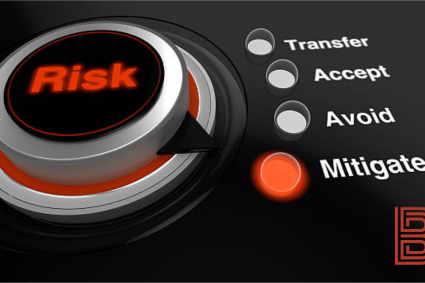
In the evolving landscape of cybersecurity, threat intelligence has emerged as a crucial component of IT risk management. Threat intelligence involves the collection, analysis, and dissemination of information about potential or current threats to an organization’s IT infrastructure. The insights gained from threat intelligence allow organizations to anticipate, prepare for, and mitigate the risks associated with cyber threats. Implementing a comprehensive threat intelligence policy is, therefore, essential for enhancing an organization’s cybersecurity posture.
Understanding Threat Intelligence
Threat intelligence is the practice of gathering data from various sources to identify potential threats, vulnerabilities, and malicious actors. This information can be obtained from internal sources, such as system logs, as well as external sources, including threat feeds, dark web monitoring, and information-sharing groups. The data is then analyzed to identify patterns, trends, and indicators of compromise (IOCs) that could signal impending or ongoing cyber attacks.
The Role of Threat Intelligence in IT Risk Management
IT risk management involves identifying, assessing, and mitigating risks that could negatively impact an organization’s IT systems. Integrating threat intelligence into this process provides a proactive approach to risk management by enabling organizations to anticipate threats before they materialize.
A robust threat intelligence policy allows organizations to:
Identify Emerging Threats:
By continuously monitoring and analyzing threat data, organizations can stay ahead of emerging threats, such as new malware variants, zero-day vulnerabilities, or sophisticated phishing campaigns.
Prioritize Risks:
Not all threats are created equal. A threat intelligence policy helps prioritize risks based on their potential impact and the likelihood of exploitation, ensuring that resources are allocated effectively.
Enhance Incident Response:
When a threat is detected, having actionable intelligence allows for a swift and informed response. This reduces the time it takes to mitigate the threat, thereby minimizing potential damage.
Improve Decision-Making:
With comprehensive threat intelligence, decision-makers can make informed choices about investments in security technologies, staff training, and policy adjustments.
Components of an Effective Threat Intelligence Policy
Data Collection and Aggregation:
Define the sources of threat data, including internal logs, external threat feeds, and third-party services. Establish processes for aggregating and correlating this data to provide a comprehensive view of the threat landscape.
Threat Analysis and Reporting:
Implement tools and processes for analyzing the collected data. This should include identifying IOCs, assessing the relevance and credibility of threats, and generating reports that provide actionable insights.
Information Sharing:
Establish protocols for sharing threat intelligence with relevant stakeholders, both within the organization and with external partners, such as industry groups or government agencies.
Risk Prioritization:
Develop criteria for assessing the risk posed by identified threats. This includes evaluating the potential impact on the organization, the likelihood of exploitation, and the effectiveness of existing controls.
Incident Response Integration:
Ensure that threat intelligence is tightly integrated with the organization’s incident response processes. This enables quicker detection and remediation of threats, reducing the potential for damage.
Continuous Improvement:
A threat intelligence policy should not be static. Regularly review and update the policy to reflect changes in the threat landscape, technological advancements, and organizational priorities.
Challenges and Considerations
While the benefits of threat intelligence are clear, there are challenges to consider. The sheer volume of threat data can be overwhelming, requiring advanced tools and skilled personnel to filter out noise and focus on relevant threats. Additionally, threat intelligence must be contextualized to the specific needs and environment of the organization; generic threat data is of limited use without proper contextualization.
Summary
Incorporating a threat intelligence policy into IT risk management is vital for maintaining a proactive cybersecurity stance. By understanding and anticipating threats, organizations can better protect their assets, reduce risks, and ensure business continuity in the face of an ever-evolving threat landscape. A well-crafted threat intelligence policy, therefore, becomes not just a component of risk management but a cornerstone of the organization’s overall security strategy.




















